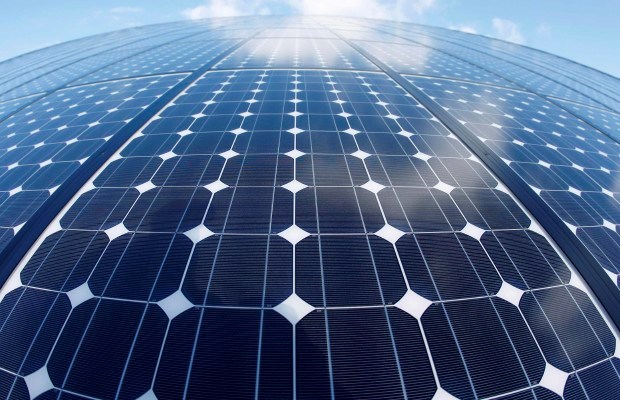Some readers have expressed concern about the increased demand electric vehicles will put on the electrical grid. Others have expressed doubts about how "green" electrical generation in this province is.
But what if there was an alternative solution? What if EV owners could create their own electricity with solar panels on their homes?
The technology is there, but it's more costly than buying electricity from your local utility.
Since 2006, Ontario homeowners have been able to sell privately generated electricity (usually created through roofmounted solar panels) to their local power utilities.
Robert Weekley, the web editor of the EV Society of Canada, said owners receive 80.2 cents per kilowatt hour and can pay back the cost of the system in seven to eight years. He notes that they're protected by a 20-year contract.
Four panels, measuring one metre by 1.5 metres each, make up a onekilowatt-hour home solar array. The panels cost approximately $1,000 each, plus installation. The size of a home system is only limited by how many square metres of south-facing roof a homeowner can cover.
But because Ontario residents buy their electricity back at 12 cents per kWh, it doesn't make economic sense to store the energy they produce to power an electric car.
And unless you work from home during the day, the next obstacle is usually the deal breaker.
Solar power is only generated during the day.
When an EV driver comes home in the evening, the sun is usually down.
That means homeowners need to purchase enough batteries to store energy until the evening. Depending on the batteries' construction (lead-acid or lithium-ion) and number needed, storage costs can be high. The system to charge an EV will also need an interface, charge controller and output inverter.
Ontario also has time-ofuse pricing - electricity costs drop during off-peak hours. It makes sense to charge up when rates are at their lowest, in the dead of night.
"Charging an EV by a home's solar panels can be done, but it simply makes more sense selling the power if you are on the grid," says Weekley, who drives a Pontiac Firefly converted to electric power.
Others have gone so far as to install solar panels on their cars. Weekley has four 15 kW panels on his car. Most days, they produce enough energy for him to travel the two kilometres to work and back.
Contact me: parrais@timescolonist.com Follow me on Twitter: @pedrothecarguy EV Microsite: timescolonist.com/pluggedin
parrais@timescolonist.com



